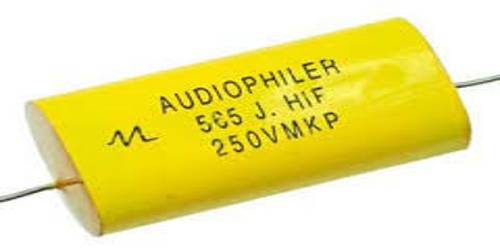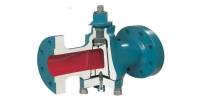Glass is used in a variety of high-tech applications because of its excellent transparency and resilience when exposed to heat or chemicals. Traditional glass shaping procedures, on the other hand, are generally time-consuming, energy-intensive, and soon reach their limits for small and complex components.
In collaboration with the University of California at Berkeley in the United States, Freiburg materials scientists Dr. Frederik Kotz-Helmer and Prof. Dr. Bastian E. Rapp have developed a novel process for producing very small components from transparent glass quickly and precisely using micro 3D printing.
Components for sensors and microscopes, as well as lab-on-a-chip systems, are all possibilities. In the current issue of Science, the researchers were able to publish their findings.
3D printing, also known as additive manufacturing, is a technique for layering a three-dimensional object using a computer-generated design. It can be done in a variety of ways, with the material being deposited, connected, or solidified under computer control, and material being placed together layer by layer (such as plastics, liquids, or powder grains being fused).
Glass powder in plastic binder
The new technique is based on Glassomer materials, which Kotz-Helmer and Rapp developed at the University of Freiburg’s Department of Microsystems Engineering (IMTEK).
“Glassomer materials consist of glass powder in a special plastic binder,” says Kotz-Helmer, “allowing to process glass like a plastic.”
After that, the components are placed in a furnace, where the plastic burns and the glass is sintered, or densified.
“In the end, the components consist of one hundred percent highly transparent fused silica glass,” says Kotz-Helmer.
Additive manufacturing technologies are used to create 3D printed objects. An object is built in an additive technique by laying down successive layers of material until the object is complete. Each of these layers can be viewed as a cross-section of the item that has been lightly cut.
One of the most significant advantages of 3D printing is the capacity to create extremely complicated shapes or geometries that would be hard to create by hand, such as hollow pieces or parts with internal truss structures to minimize weight.
For the first time, we were able to print glass with structures in the range of 50 micrometers in just a few minutes, which corresponds roughly to the thickness of a hair. In addition, the surfaces of the components are smoother than with conventional 3D printing processes.
Kotz-Helmer
Component is created in a single step
Glassomer materials have now been integrated with a new 3D printing technology created by a research team at the University of California, Berkeley, lead by Prof. Dr. Hayden Taylor.
Layer-by-layer printing is how traditional 3D printers create their items. The component is manufactured in a single step in the innovative method known as Computed Axial Lithography (CAL). A vessel containing light-sensitive liquid is exposed to two-dimensional light pictures of the object to be printed from a variety of angles.
The material hardens abruptly within a few minutes where the pictures overlap and the amount of light absorbed thus locally surpasses a particular threshold, and the component is produced. The extra liquid substance that is still liquid can be rinsed away.
Structures with the thickness of a single hair
“In principle, this process also works with Glassomer material,” says Kotz-Helmer. For this purpose, the Freiburg scientists developed a material made of glass powder and plastic that is both highly transparent and hardens quickly at a suitable threshold value. “The devil was in the chemical details here,” says the materials scientist.
Furthermore, the CAL technique had previously been limited to relatively coarse structures. It has now been feasible to combine and improve these technologies by integrating the materials scientific expertise of the University of Freiburg and project partner Glassomer GmbH, a Freiburg spin-off, as well as the continued development of the system technology of the University of California.
“For the first time, we were able to print glass with structures in the range of 50 micrometers in just a few minutes, which corresponds roughly to the thickness of a hair,” says Kotz-Helmer. “In addition, the surfaces of the components are smoother than with conventional 3D printing processes.”
Glass as a substitute for vulnerable plastic
3D printing adoption has reached critical mass, with those that have yet to include additive manufacturing into their supply chain joining an ever-dwindling minority. In its early phases, 3D printing was only suited for prototype and one-off manufacturing, but it is rapidly evolving into a production technique.
The novel manufacturing process, according to Kotz-Helmer, might be used in micro-optical components of sensors, virtual reality headsets, and advanced microscopes: “The ability to manufacture such components at high speed and with great geometric freedom will enable new functions and more cost-effective products in the future.”
Microfluidic channels are also required for research and medical diagnostics using so-called lab-on-a-chip technologies. Until recently, they’ve largely been made of plastics, which can’t stand up to high temperatures or harsh chemicals.
Complex channel systems can now be made in glass thanks to new process technologies, says Kotz-Helmer: “Thanks to the thermal and chemical stability of glass, many new fields of application are opening up, especially in the area of chemistry on-a-chip synthesis.”
















